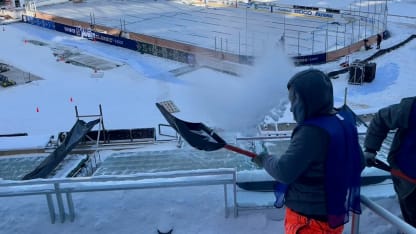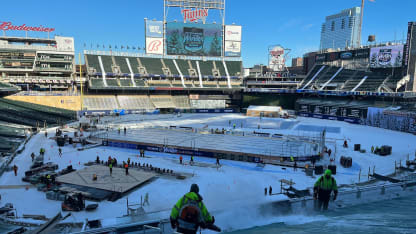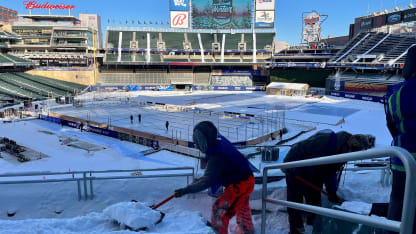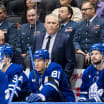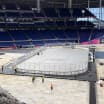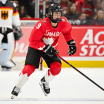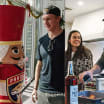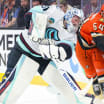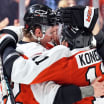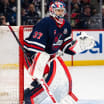The NHL has staged 32 outdoor games, with temperatures ranging from 0 to 65 at face-off. The coldest was the 2003 Heritage Classic, the first outdoor game, between the Edmonton Oilers and Montreal Canadiens before 57,167 at Commonwealth Stadium in Edmonton.
When the NHL scheduled this Winter Classic, it knew Minneapolis could be frigid. It was minus 6 at kickoff when the Minnesota Vikings hosted the Seattle Seahawks in an NFL wild card game before 52,090 at TCF Bank Stadium on Jan. 10, 2016, the coldest game in Vikings history and third-coldest in NFL history.
"We had a lot of people here in Minnesota who told us also how tough a Minnesota fan is, and that was certainly a factor in coming here," NHL chief content officer Steve Mayer said.
The NHL ordered the hand-warmers months ago. NHL executive vice president of events Dean Matsuzaki said the League is still discussing distribution plans, but if fans need some, they can request them from guest services. Blankets will be allowed.
Target Field already has radiant heat in many areas on all levels, but the Twins have added radiant heat in the concessions stands for the workers. The bars will be open to the public, and stairwells and elevator lobbies will be open and heated as refuges for fans.
"Ask any guest services person, and they can direct you to a place to warm up," Hoy said. "We're all used to it, but it doesn't mean that people should not take caution."
Delaware North, which operates food, beverage and retail at Target Field, will offer special concessions including chili, ramen, soups and Tater Tot Hot Dish, a Minnesota delicacy of ground beef, cream of mushroom soup, winter vegetables and crispy Tater Tots.
"We know Minnesotans can handle anything Mother Nature throws at them, but we wanted to offer additional comfort through our food and beverage program," said Kurt Chenier, executive chef for Delaware North at Target Field.
